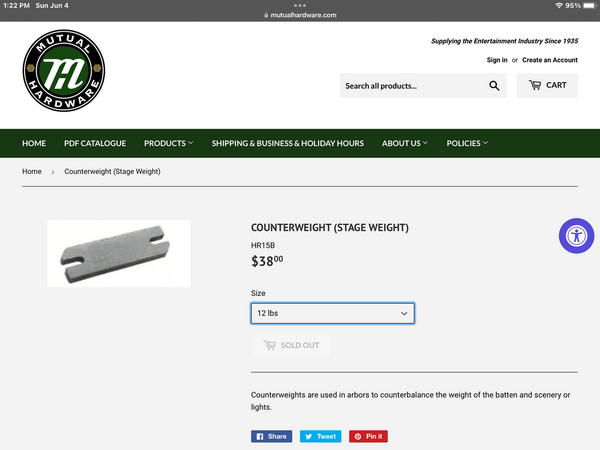Everyone knows these speedsters are like kites compared to nearly anything else on the road and especially light in the nose.
Anyone modified the VW-based front ends at all to give just a tad more weight/downforce up front? Something as simple as some weights up there next to the battery ![]() or other?
or other?
Not looking for anything extreme, just a little more stability at highway speeds would be the goal; I can notice the difference between near empty vs full fuel tank and though it's not huge by any stretch, it does feel that little bit better.
cheers










